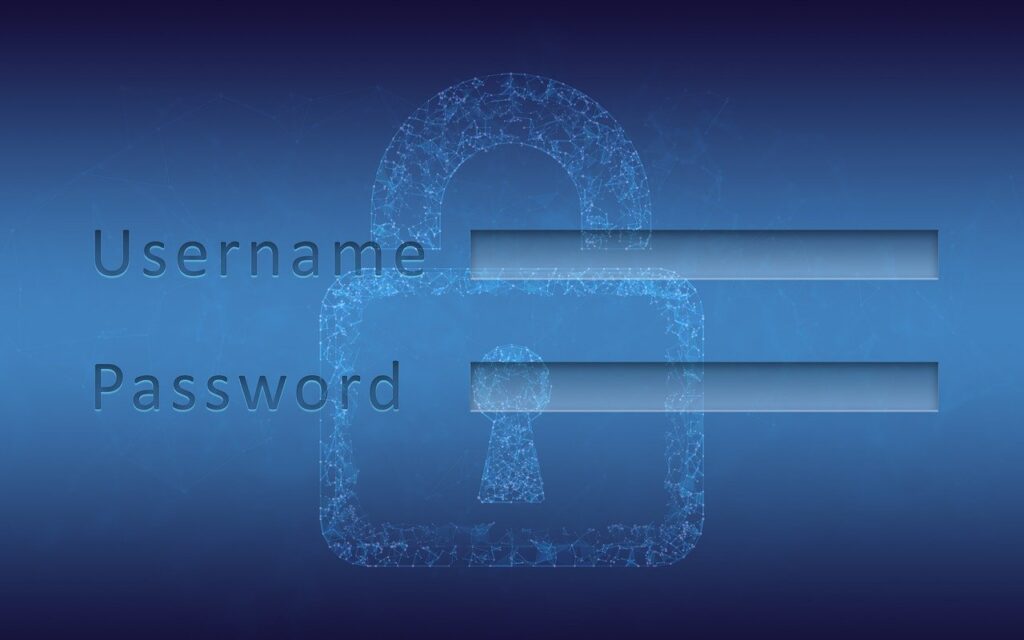The password’s days are numbered. Passwordless authentication is fast emerging as the password’s successor. Leveraging biometrics, hardware security keys, passkeys, and more, passwordless authentication technologies are a more secure alternative to the traditional password.
However, enhanced security isn’t the only benefit of passwordless authentication. In fact, according to KuppingerCole, consumers are most interested in passwordless authentication for its user experience benefits.
The Evolution of Authentication Methods
Authentication is somewhat of an anomaly in the internet space in that it has changed little from its initial conception in the 1960s. As internet use increased throughout the late 90s and early 2000s, it became apparent that stronger authentication was needed to protect sensitive data. Although multi-factor authentication (MFA) had existed for some time, it was only at this point that it came into widespread use. MFA combines traditional passwords (something you know factor) with either something you have (i.e., a smartphone) or something you are (i.e., a biometric trait, such as a fingerprint) for more secure authentication.
But, by now, traditional passwords have grown outdated. Users struggle to manage the sheer number of passwords necessary to protect themselves, much less create strong, unique passwords for each account. As such, passwords are susceptible to threats such as password brute-force, phishing, or credential stuffing attacks. MFA, while more secure, still mostly relies on outdated passwords and has its own weak points: SMS-based MFA is susceptible to SIM-swapping attacks. At the same time, attackers can take advantage of MFA prompt fatigue through social engineering schemes to force users into accepting spoof authentication prompts. This is where passwordless authentication comes in.
Understanding Passwordless Authentication
As the name suggests, passwordless authentication is a catch-all term for authentication without passwords. Put simply, passwordless authentication uses more secure means to verify a user’s identity, such as biometrics, FIDO security keys, synced passkeys, device-bound passkeys, mobile authentication apps, certificate-based smart cards and tokens, and pattern-based authentication.
Some of the most important technologies of the past decade have made passwordless authentication possible. Smartphones can store cryptographic keys, generate OTPs, and facilitate secure communication with authentication servers. Biometrics has enabled users to verify their identity with their bodies. FIDO2 standards have leveraged public-key cryptography to facilitate secure authentication without passwords.
Enhanced User Experience: A Game-Changer
Passwordless authentication is a game changer in user experience. It reduces login friction by eliminating the need for users to remember and input passwords. Instead, users can authenticate using the abovementioned methods, which require less effort and provide quicker access to systems or applications. This streamlined approach reduces frustration, saves time, and promotes seamless user interactions. Moreover, platforms are increasingly supporting passwordless authentication.
Similarly, passwordless authentication means that users no longer have to create and remember complex passwords – the bane of many internet users’ lives – and eliminates the need to reset passwords every time they forget one.
Improved Security: The Other Half of the Equation
By implementing passwordless authentication, organizations can significantly improve their authentication security and mitigate against a wide range of threats, including phishing, credential stuffing, and brute force attacks. This is because these types of attacks rely on stealing passwords.
Similarly, passwordless authentication methods such as biometrics and hardware keys verify identities with a much higher degree of assurance than passwords: anyone can steal someone’s password, but not everyone can replicate a fingerprint.
Implementation Strategy
While implementing passwordless authentication will cost in the short term, your long-term return on investment (ROI) will be enormous. By implementing passwordless authentication, you’ll reduce login friction for your users, minimize the risk of a security incident, and prove to your users that you take their privacy seriously.
It’s important to take a 360° approach to passwordless authentication. This approach covers all possible authentication journeys, from employees to consumers to partners, and provides a comprehensive framework for planning and evaluating passwordless implementations. Key steps include:
- User Ecosystem Mapping: Charting internal and external users, evaluating their access levels, transaction types, and associated data sensitivity, and exposing potential security gaps in current and planned passwordless coverage.
- Risk-Based Assurance Levels: Determine the appropriate authentication strength for each user group. For example, high-risk users may require biometrics, while lower-risk user authentication can be streamlined.
- Gap Analysis: Overlay existing passwordless deployments onto the map to highlight remaining vulnerabilities.
In conclusion, authentication is all about balancing user experience and security. Passwordless authentication provides that balance. To gain an advantage over your competitors, inspire trust in your consumers, and protect your organization, consider passwordless authentication.
- Agentic AI is a Force Multiplier for the Best Employees - October 24, 2025
- Best Practices for Securing Open Ports Identified by Nmap - September 23, 2024
- Passwordless Authentication: Enhance UX, Bolster Security - September 6, 2024



